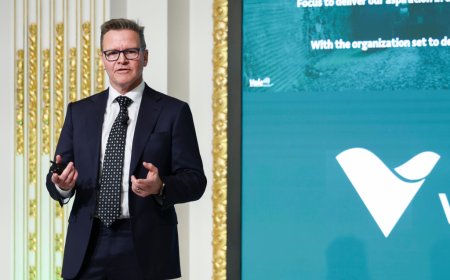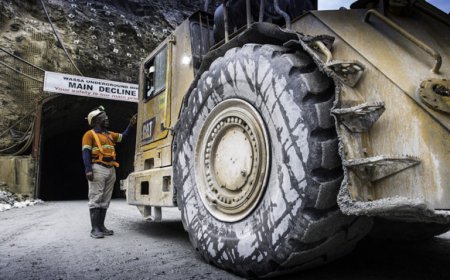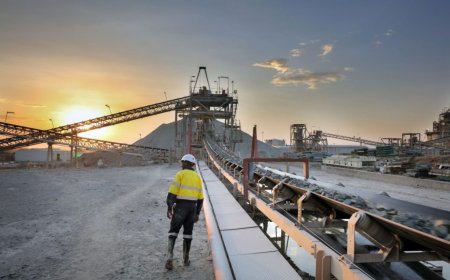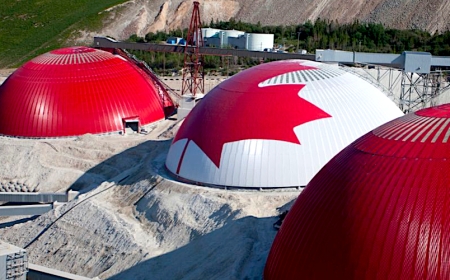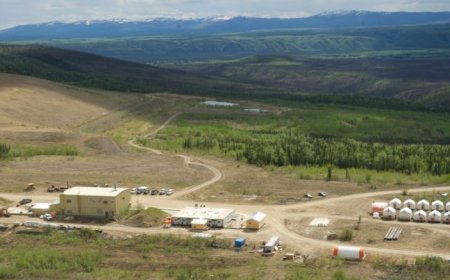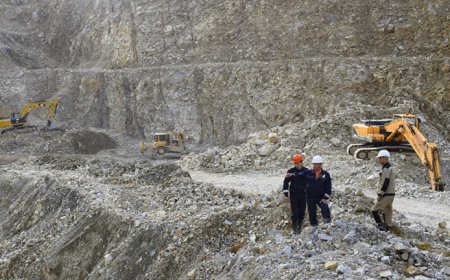Green Tech eyes Ontario’s first lithium mine at Seymour as metal price drops
Green Technology Metals (ASX: GT1) is considering its multi-stage $1.8 billion Seymour lithium project to start output in 2026 as Ontario’s first mine for the battery metal.
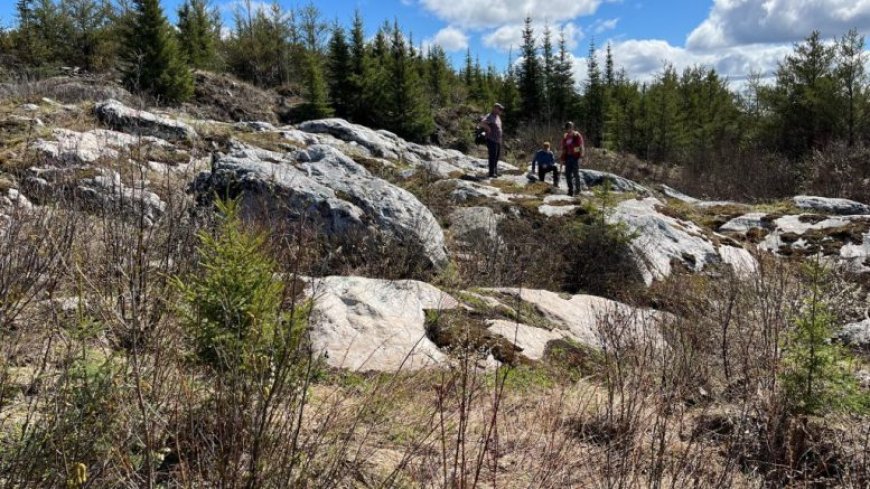

The project including two mines and spodumene concentrators in the province’s northwest has an after-tax net present value of $1.2 billion at an 8% discount rate with an internal rate of return of 54%, according to a preliminary economic assessment (PEA) released on Thursday.

“The PEA validates the company’s potential to emerge as a large-scale, cost-effective producer of lithium concentrates and chemicals,” Perth, Australia-based Green Technology Metals said in a release accompanying the study. “There is substantial demand for long-term offtake in North America.”
The project about 250 km northeast of Thunder Bay is vying with others in a race to market even as prices for lithium have collapsed this year. Frontier Lithium (TSX-V: FL) is several months ahead of Seymour advancing a feasibility study on the nearby PAK lithium project. But record battery metals prices have eased as more automakers find supplies and the Chinese economy sputters.
The price of 5.5%-6.2% lithium spodumene was US$1,640 per tonne on Wednesday, down from about US$2,070 per tonne a month ago, according to the Shanghai Metals Market. The PEA used a price of US$2,029 per tonne.
15-year life
The Seymour project would have a net profit of $2.5 billion when considering total costs of $985 per tonne of 5.5% spodumene concentrate produced, according to the PEA. Average output over the 15-year mine life would be 207,000 tonnes a year. Annual earnings before interest, tax, depreciation and amortization would average $309 million.
The company forecasts funding needs of $282 million in Seymour’s first stage, $1.1 million for stage two and $467 million for the final leg, for a total of $1.8 million.
The study also considered an option adding a lithium hydroxide converter in Thunder Bay. That configuration has an after-tax net present value of $1.5 billion at an 8% discount rate with a 27% internal rate of return. Its net profit would be $3.9 billion over a 15-year mine life.
“Excellent economics are confirmed in the PEA for both project development options with the potential to become the first lithium concentrates and chemical producer in Ontario,” the company said. “The definitive feasibility study for Seymour is now underway and we’re targeting a financial investment decision ahead of planned construction activities in 2024.”
More studies
Green Technology Metals expects to deliver the Seymour definitive feasibility study by mid-next year and a preliminary feasibility study on a lithium conversion plant by the end of next year. A preliminary feasibility study on the Root mine and concentrator is due by mid-2025.
The PEA envisions developing the Seymour mine before Root, which lies some 160 km northwest. Seymour has 10.3 million tonnes grading 1.03% Li2O comprised of 6.1 million indicated tonnes at 1.25% Li2O and 4.2 million inferred tonnes at 0.7% Li2O. Root has 14.6 million tonnes at 1.21% Li2O made up of 9.4 million indicated tonnes grading 1.3% Li2O and 5.2 million inferred tonnes at 1.03% Li2O.
“The second part of the PEA includes the conversion of lithium concentrates to lithium chemicals which are currently unavailable in North America,” CEO Luke Cox said in the release. “It will play a critical role in closing the supply chain from mine to electric vehicle, all Ontario-made.”
